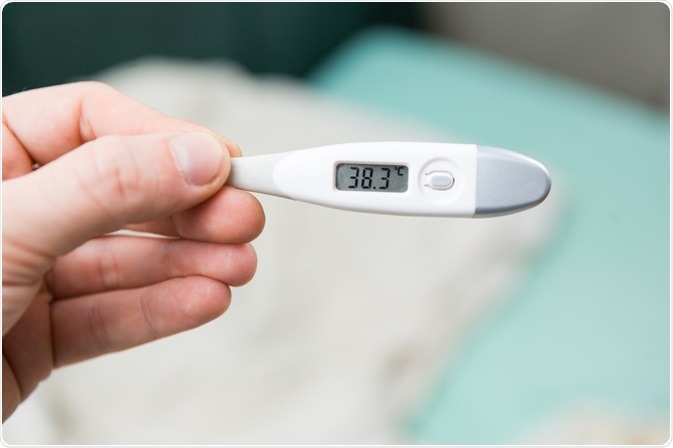For The Latest Medical News, Health News, Research News, COVID-19 News, Pharma News, Glaucoma News, Diabetes News, Herb News, Phytochemical News, Thailand Cannabis News, Cancer News, Doctor News, Thailand Hospital News, Oral Cancer News, Thailand Doctors
Sepsis is a condition in which the body has a systemic response to an infection, often leading to organ dysfunction and, in some cases, death.
Identifying sepsis early is key to improving odds of survival since sepsis, particularly bacterial sepsis, can deteriorate quickly into severe sepsis and septic shock.
The latter types of sepsis are associated with organ dysfunction and higher chance of mortality.

Despite how crucial early detection is, it is still difficult for clinicians and medical staff. Sepsis also has a higher chance of affecting those with other chronic health issues and comorbidities, such as diabetes and cancer, which complicates diagnosis.
The first signs are those of an infection, such as smelly urine, and the signs of the host responding to the infection, such as a fever.
Systemic inflammatory response syndrome (SIRS) is a group of signs that the body is reacting to injury or illness and is implicated in sepsis and sepsis diagnosis when they appear in conjunction with an infection.
Sepsis is defined as having two or more SIRS signs when there is known or suspected infection.
The SIRS signs are:
However, these signs are not guaranteed to be present or indicate infections. The elderly, who are highly at risk of developing sepsis, may have hypothermia (losing body heat) while not having an infection.
With chronically ill patients, tachycardia (elevated heart rate) is common and white blood cell count changes can be due to any type of stress.
Because of reasons like this, some are encouraging a different use of SIRS to identify sepsis, although it can still be useful when applied to healthy subjects who do not have comorbid conditions.
For members of the public, signs that may indicate sepsis and that should encourage seeking medical help are available.
These are slurred speech, shivering or muscle pain, not passing urine in a day, breathlessness, a feeling of impending death, and mottled or discolored skin. If these are detected, medical care should be sought immediately.
Of the interventions advised by the Surviving Sepsis Campaign (SSC), six treatments showed reduced mortality and morbidity when applied within an hour of identifying sepsis.
While some require special gear that may not always be available in emergency departments, these are steps which can usually be taken by nurses while awaiting a medical response.
Sepsis can cause hypoperfusion, which means there is reduced blood flow to the organs. Because of this, one of the six initial treatments is delivery of high flow oxygen to the patient. This will help mediate the hypoperfusion, if present, and should be given until proven it is not necessary.
Patients suffering from lung complications may not tolerate high levels of oxygen, which should be considered when this treatment is applied.
When first diagnosed, broad spectrum antibiotics are encouraged. These should help target a wide range of potential infections, until a more specific one is decided. Identifying the source of the infection that ultimately triggered sepsis can help target treatment.
Blood cultures are taken within one hour of diagnosis to help identify the infectious agent and apply specific antibiotics.
As mentioned, hypoperfusion is common in cases of sepsis. Sepsis patients can also suffer from hypotension, or low blood pressure, which is why fluid resuscitation is administered early on after diagnosis.
The fluid resuscitation will also improve cardiac output, thereby improving tissue perfusion. It is common that patients are dehydrated, which should encourage high levels of fluid resuscitation, but for uncomplicated sepsis lower volumes are encouraged.
Measurements of the blood and urine output are taken in patients to help confirm sepsis as a diagnosis. As mentioned, high white blood cell count indicates an infection, while low hemoglobin reduces tissue oxygenation and therefore requires urgent identification and treatment.
Raised lactate levels indicate metabolic compromise, which occurs in sepsis, and can indicate that severe sepsis may develop. Urinary output is monitored to avoid kidney injury as a result of poor fluid balance.